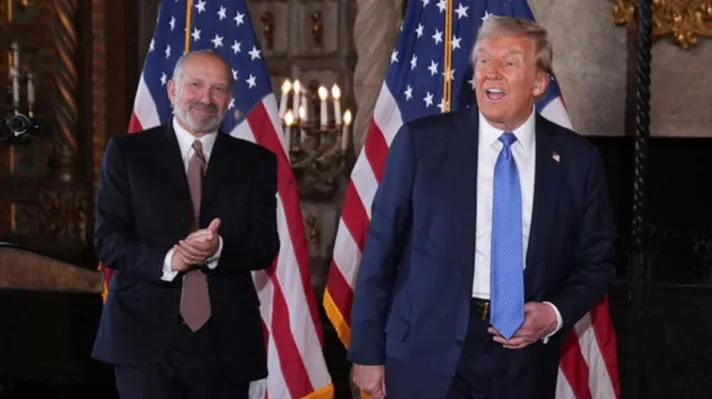WASHINGTON
The body’s immune cells naturally fight off viral and bacterial microbes and other invaders, but they can also be reprogrammed or ‘trained’ to respond even more aggressively and potently to such threats, report University of California- Los Angeles scientists who have discovered the fundamental rule underlying this process in a particular class of cells. Through the study published in the journal Science, the researchers identified a key molecular mechanism within macrophages, infection-fighting cells of the innate immune system, that determines whether- and how well- the cells can be trained.
Their findings could help pave the way for future targeted strategies to enhance the function of the immune system. “Like a soldier or an athlete, innate immune cells can be trained by past experiences to become better at fighting infections,” said lead author Quen Cheng, an assistant clinical professor of infectious diseases at UCLA’s David Geffen School of Medicine.
However, he noted, the researchers had previously observed that some experiences seemed to be better than others for immune training. “This surprising finding motivated us to better understand the rules that govern this process.”Whether immune training occurs depends on how the DNA of the cell is wrapped. In human cells, for instance, more than 6 feet of DNA must fit into the cell’s nucleus, which is so small that it is not visible to the naked eye. To achieve this feat, the DNA is tightly wrapped into chromosomes.
Only selected regions of the DNA are exposed and accessible, and only the genes in those accessible regions are able to respond and fight infection, said senior author Alexander Hoffmann, UCLA’s Thomas M. Asher Professor of Microbiology and director of the Institute for Quantitative and Computational Biosciences.However, by introducing a stimulus to a macrophage – for example, a substance derived from a microbe or pathogen, as in the case of a vaccine- previously compacted DNA regions can be unwrapped. This unwrapping exposes new genes that will enable the cell to respond more aggressively, in essence, training it to fight the next infection, Hoffmann said.
The new research reveals that the precise dynamics of a key immune signalling molecule in macrophages, called NFB, determine whether or not this unwrapping and exposing of genes occurs. Moreover, the researchers report, the dynamic activity of NFB itself is determined by the precise type of extracellular stimulus introduced to the macrophage. “Importantly, our study shows that innate immune cells can be trained to become more aggressive only by some stimuli and not others,” Cheng said. “This specificity is critical to human health because proper training is important for effectively fighting infection, but improper training may result in too much inflammation and autoimmunity, which can cause significant damage.”























